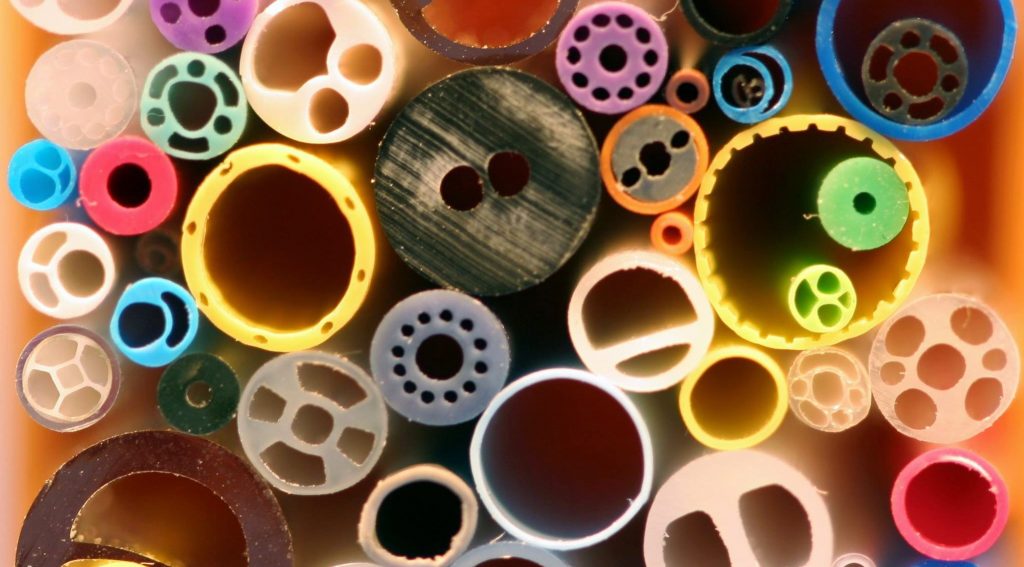What are Plastic Extrusions?

Plastic extrusions also termed as plastic sections or profiles, are used broadly and in an array of industries including manufacturing, construction, retail, events, and transport. Therefore, there is need to understand what they are and how they are produced. Plastic extrusion is the process involved in making the plastic tubes, edge or angle trim by merging raw materials using a die passing a melting process to attain the desired shape.Plastic extrusion is accountable for plastic products such as pipes, wire insulation and much more. This invention dates back to the early 19th century and continues to help us today. Joseph Branmah in 1979 initially patented the process because it was used to essentially make the lead pipe. Same as the plastic process, this technique entailed heating the metal, pushing it into a die to produce a shape, and finally letting it harden. Branmah developed the early versions of plastic extrusions where he forced raw material into a mold with a plunger. However, in today’s technology, plastic extrusion uses heated screw feeder which effectively and swiftly pushes plastic bits from the hopper across the barrel, into the die.
The procedure of extrusion entails converting a specified thermoplastic raw material into an object of a definite cross-section by pushing the material through a die or an orifice under controlled conditions. The raw materials are usually in the form of plastic powder or pellets. The process is broken down into three stages:
Phase 1: Mixing
The thermoplastic raw material in the form of the compound is fed into an extruder- a long barrel equipment. During this phase, any additives including colourants are added based on the needed specifications.
Phase 2: Melting and extrusion
Along the long extruder channel, there are heating areas tactically situated to melt the plastic slowly, minimising the disadvantage of degrading or overheating the polymer. Friction from a revolving screw generates further heat. The molten plastic surfaces at the barrel’s end and is meant for filtration to ensure that contaminants do not get into the end-product.
Phase 3: shaping and cooling
The homogeneous molten mass is then pressured into a die, which gives its end shape. Nonetheless, the procedure carries on as it is recurrently moving and the silhouette is held in shape by shapers and usually goes via water baths as a means of the cooling process. The silhouette then solidifies upon cooling.
Advantages of plastic extrusions
The main benefit of plastic extrusion is that profiles like pipes can be produced to any required length. The extrusion of plastics with an integrated coupler such as rubber seal is also possible. Plastic extrusion is mainly used to create a huge array of products such as pipes, tubing, seals, rods, rails and profiles; a big number of plastics is used to produce extrusions with the right properties. For instance, extruded tubing for application in potentially corrosive or high-temperature conditions requires different plastic instead of general-purpose tubing. With the pure amount of plastics present in today’s’ market, extremely various number of resolutions for plastic parts, components and products are available almost anywhere.
